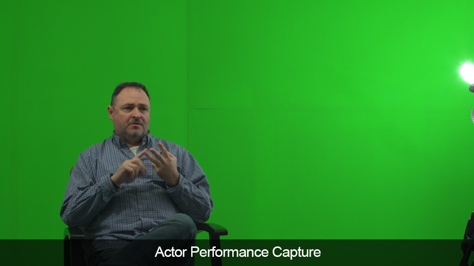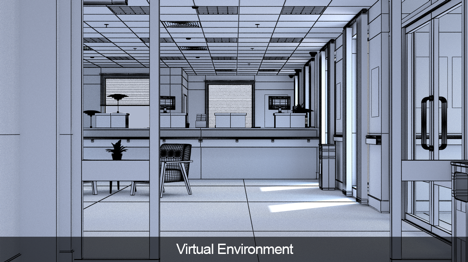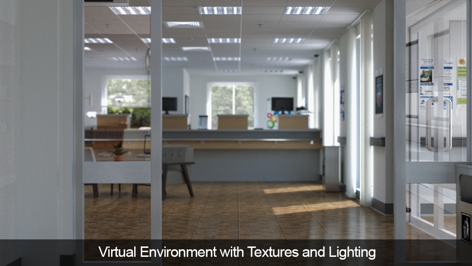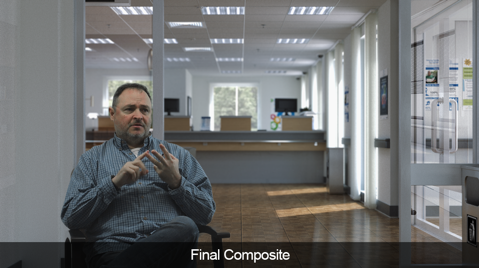
How 3D video hybrid catapults Agile training development
Imagine this: NASA just called and asked for a training vignette that will educate astronauts about how to deal with emergencies in space. It’s a tall order, and you might initially think “Houston, we have a problem.” How could you possibly use film to realistically simulate the kinds of unique circumstances and catastrophes these professionals experience — in an environment that most people have never experienced first-hand?
Thanks to the magic of Chroma Keying, however, that knowledge deficit isn’t a problem, and creating a film in any environment (real or fictional) is possible.
What is Chroma Keying?

Chroma Keying — colloquially referred to as “green screen” — is a technique that layers image and video streams together based on color hues.
Sound familiar? Hollywood directors, news casting, and video gaming industries have used this method for decades to enhance cinematic realism and reduce costs.

Many people recognize chroma keying as the technology that created breathtaking cinematic effects.
Fewer, though, understand the ways in which this approach enables the ability to demonstrate techniques, especially when learning how to perform procedures to reduce risks or the mastering soft skills.

To support the aggressive timelines and stringent budgets faced in developing training programs, ICF has mastered a hybrid approach and implemented processes that allow for more cost-effective, high-quality video production options.
Here’s what that means for you.
- Environment-agnostic location options: With chroma key, we’re able to help you create video in any setting. Since we don’t need to consider the high cost of renting a specialty space, overall pricing is more competitive.

- Heightened creativity, faster iteration: With virtual environments, we can modify or edit footage faster, without the need for reshoots or on-site logistics. That means more time to test creative solutions and incorporate feedback.
- Material that you can reuse, again and again: Virtual environments can be reused and modified for future scenarios, eliminating the risks and costs associated with creating one from scratch.
- Refined, efficient workflows: Throughout development we have streamlined our process to ensure that the sources of common logistical headaches — casting, acquiring prop acquisition, refining scripts, setting up scenes, etc. — don’t impact final product delivery. Currently, we’re developing a detailed workflow that will allow anyone the ability to estimate time frames based upon parameters of the requested video.
